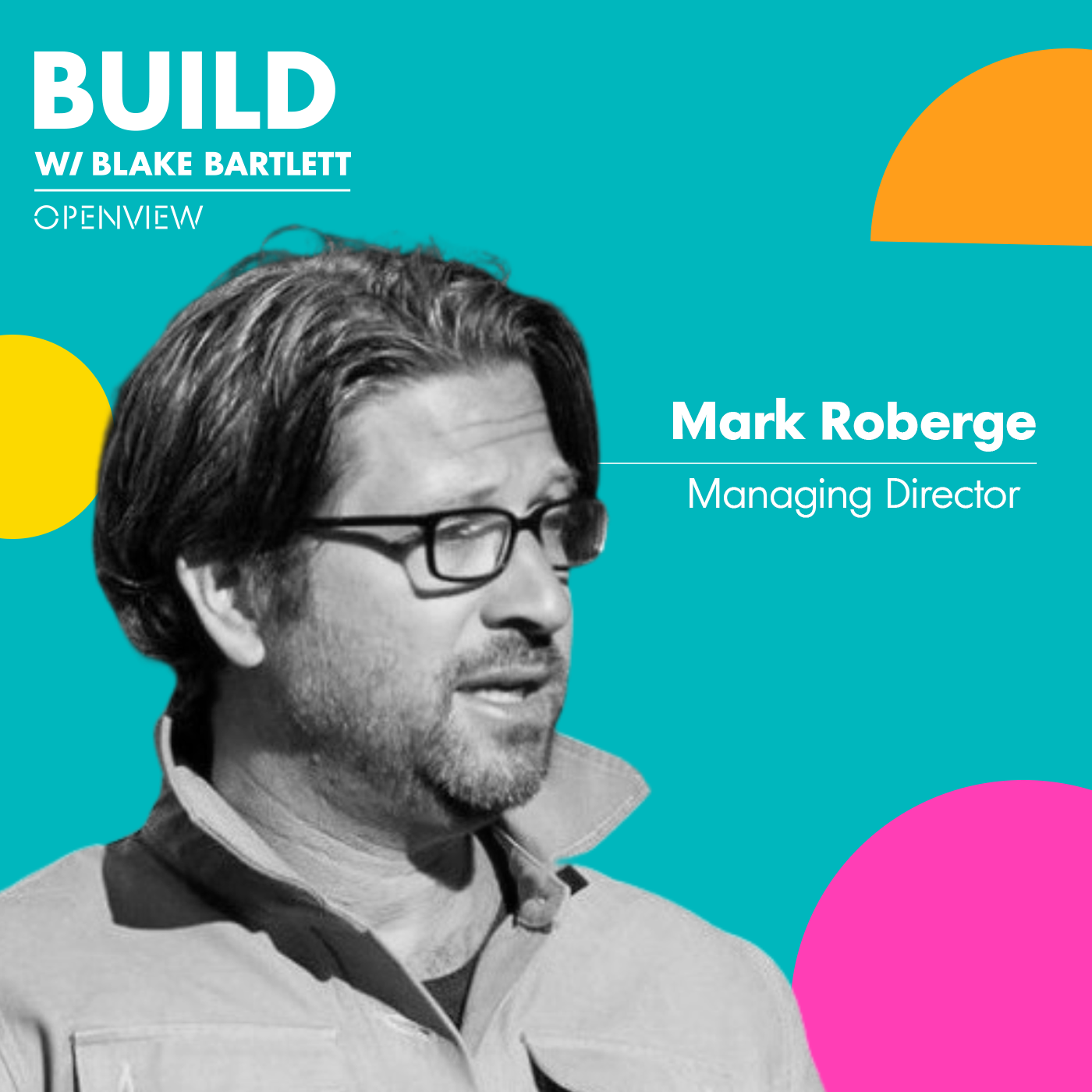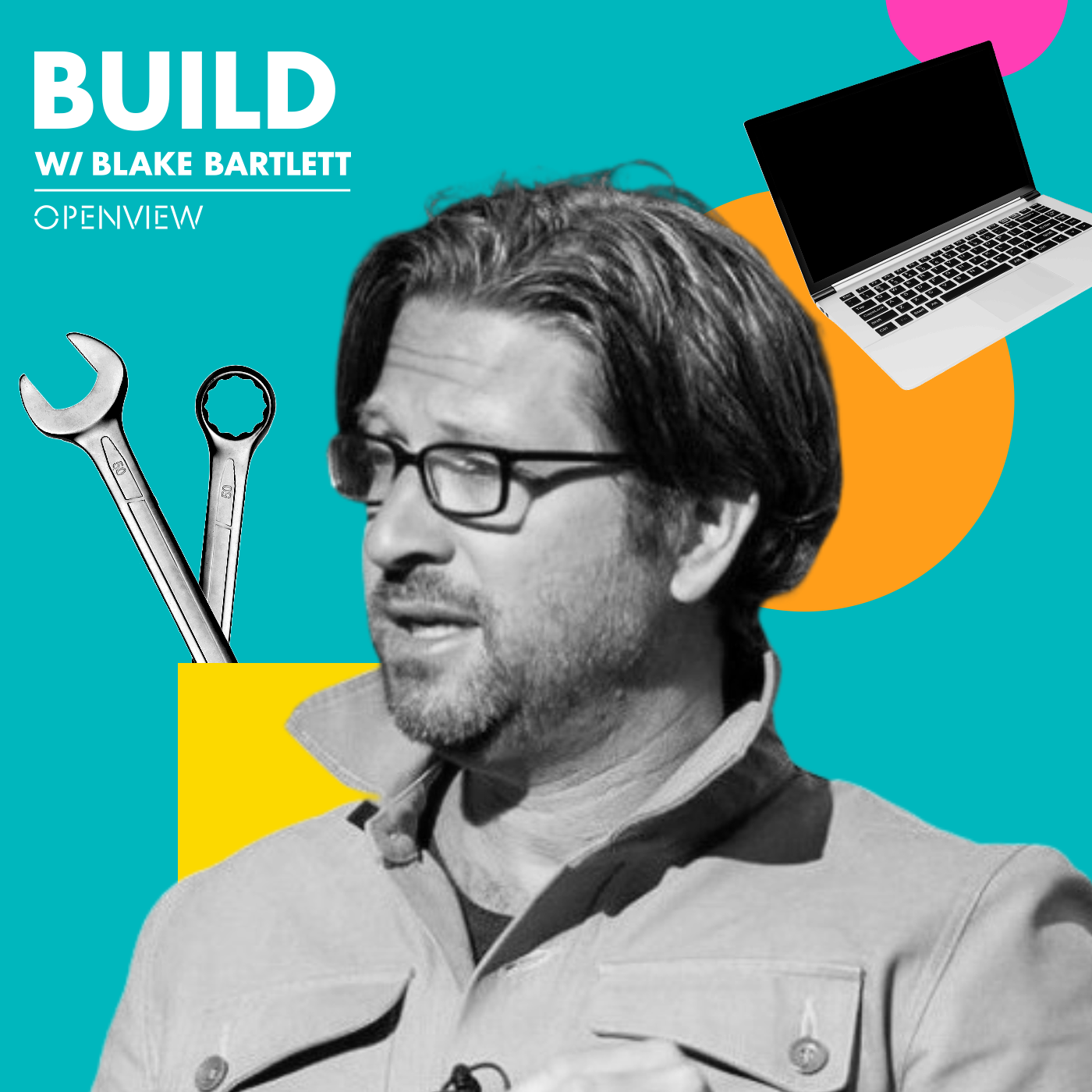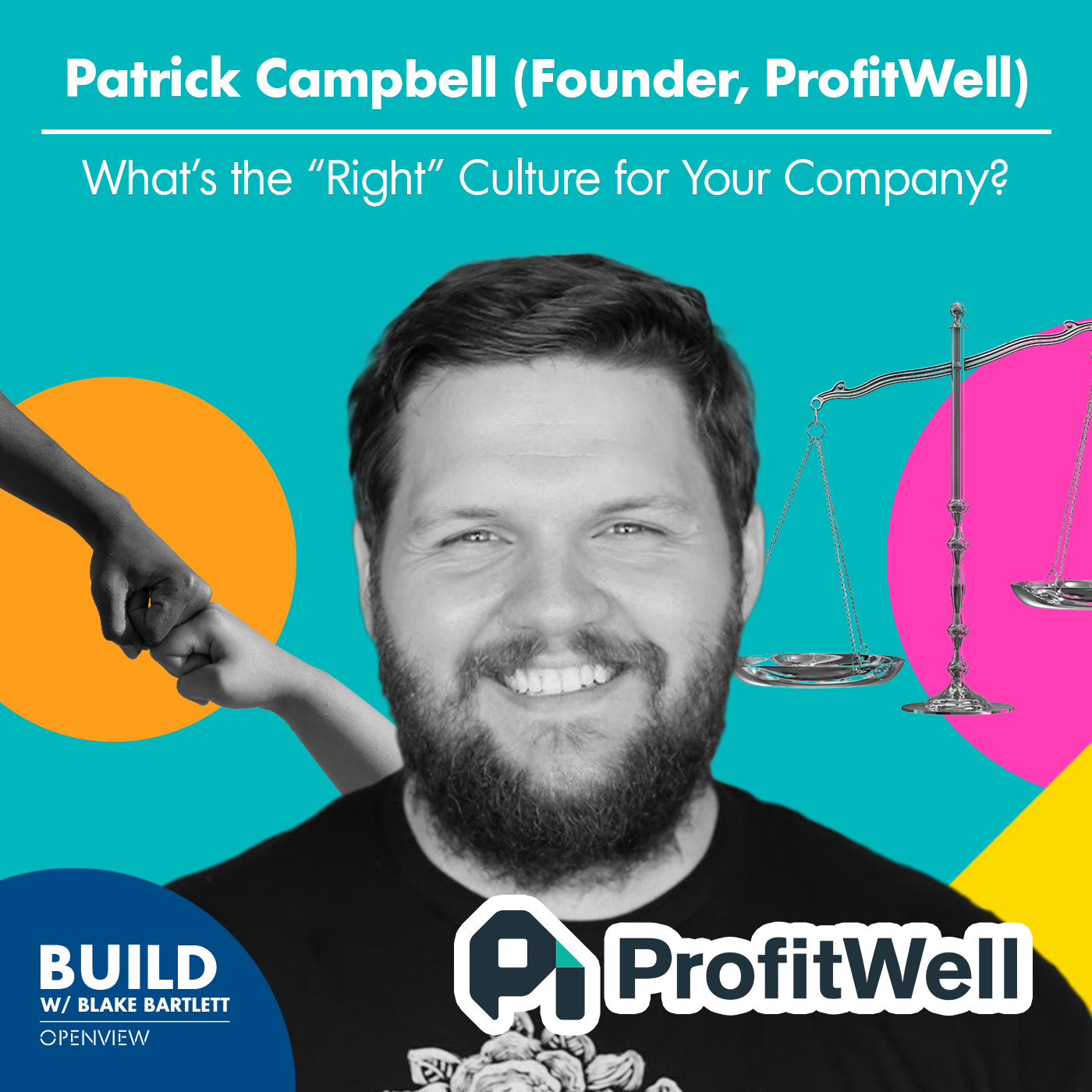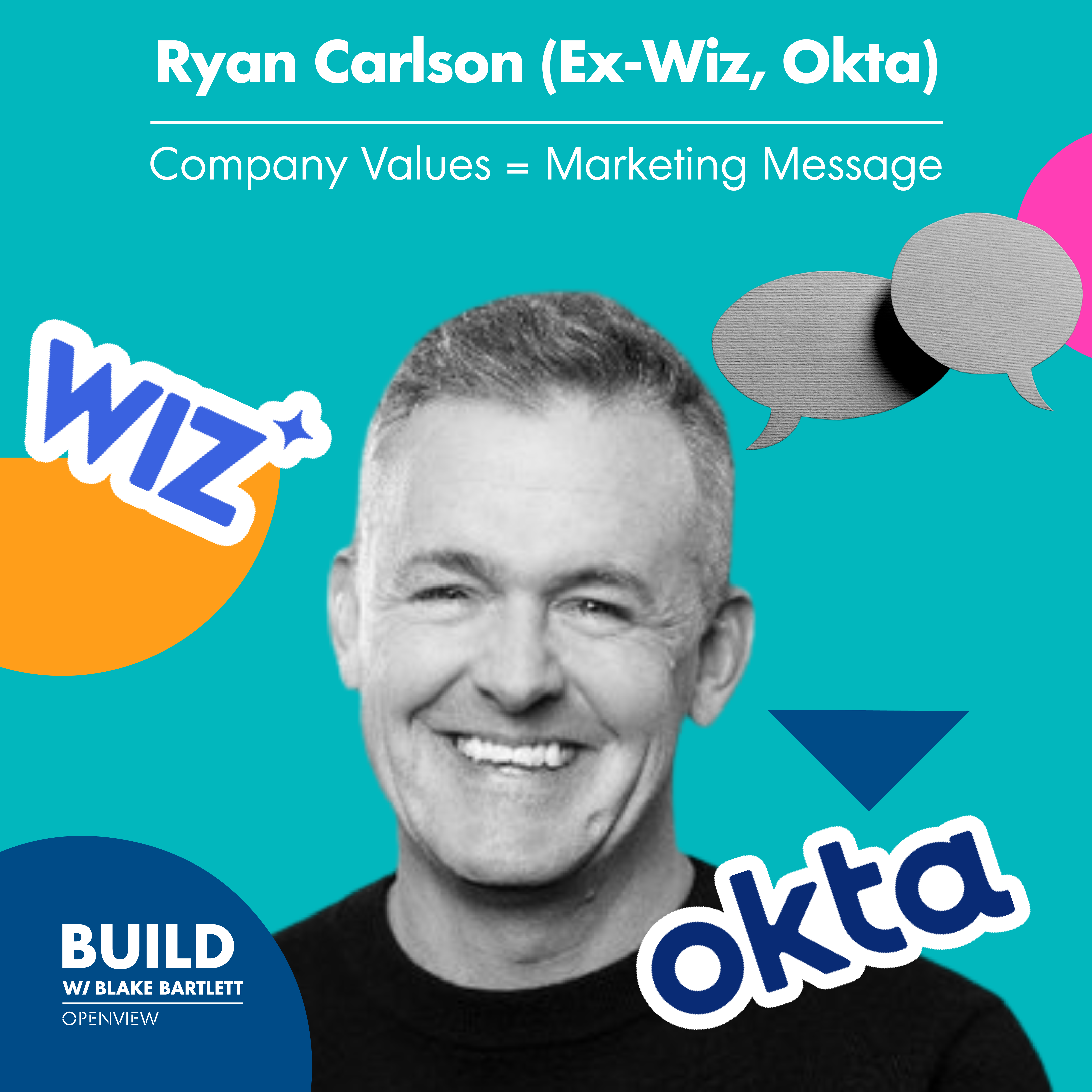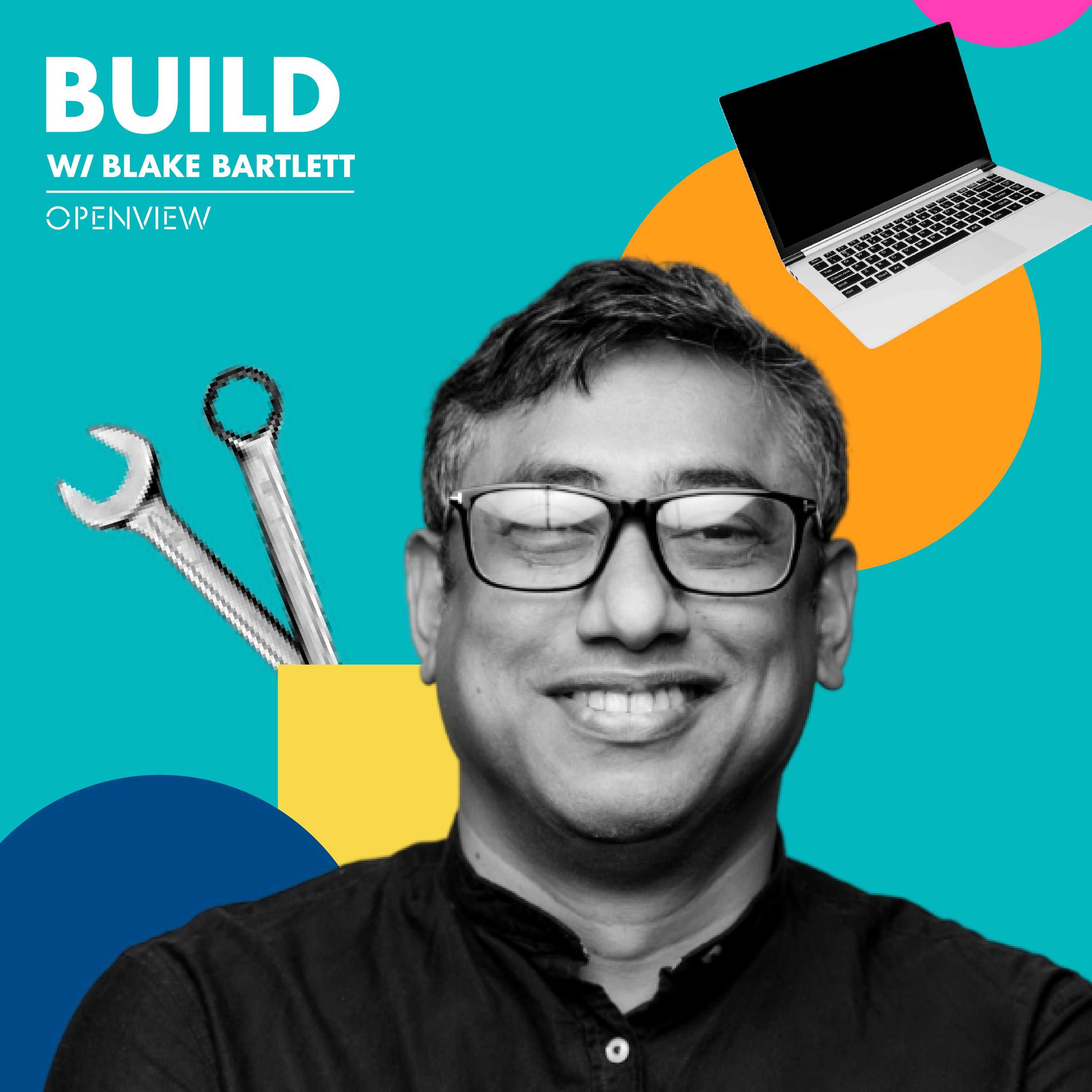Mark Roberge (Stage 2): B2C Growth vs. B2B PLG
- 0.5
- 1
- 1.25
- 1.5
- 1.75
- 2
Blake: Today's shorter episode is with Mark Roberge, longtime CRO at HubSpot, turned VC at Stage 2 Capital. It's a follow up to the last conversation I had with Mark, which was all about HubSpot's journey to transition from a successful sales- led motion to an even more successful product- led motion that you see at the company today. If you're wondering what it looks like to make this transition to PLG as an established company, or if you just want more of the first- hand account of HubSpot's journey, I highly recommend you go check out that episode first. For today's after party episode, we dive into more specifics about how to think about PLG from a go- to- market standpoint. Much of the PLG conversation out there in the ecosystem focuses on the product and the initial user journey, and look, that stuff's super important, but today Mark zooms out and gives you the bird's eye view of the core PLG pillars you need to set up from an organizational and a strategic perspective. What are the keys to optimizing go- to- market for PLG?
Mark Roberge: That's a great question, Blake, and it's one that I've actually studied closely, both in my experience in co- running this piece at HubSpot and then going off at Harvard and teaching a class in this where I actually bring in the growth leaders from Lyft and Facebook and LinkedIn and Shopify and Pinterest and all these folks, hypothesizing that a lot of great best practices in B2B PLG can be extracted from the consumer growth arena of the Airbnbs and Lyfts and the Facebooks of the world. So far, that's actually tested out quite well. There's a couple of pieces I'll share. The first is you have this growth team that drives this whole process, and what do they do? They own the user funnel. They own the funnel from awareness to activation to retention of free users to monetization to the retention of monetized users, potentially virality. They own that. That's what they do. The way that they run that well, what all these great growth teams do is they do rapid data driven experimentation. Our activation rate is 47%. Our goal this week is to get to 55%, we're going to run seven experiments. They do that in a rapid experimentation. They log their experiments, they learn from them, they build up that log and related point, they invest engineering talent in building infrastructure to make experimentation easier, to make non- technical people be able to experiment. There are rumors that Facebook spends half of their R& D on non- consumer facing features, but instead on infrastructure that makes them be able to hire a 22 year old out of Stanford and funnel 10,000 users to tweak this idea they have without bringing Facebook down. The classic point, like a startup is like, what would you rather do have your marketing team come up with 20 different ideas of in- app notifications and then bug the engineering team to implement them or have an engineer make in- app notifications testable, configurable for a marketer who doesn't know how to code? If you're starting to do that, you're on the right track. Another thing they do is they have cross functional teams that report into product, not marketing. That's where a lot of the B2B companies mess up and all the consumer companies get right. Cross functional teams, we're talking engineers, designers, data scientists, data analysts, marketers, maybe a CSM so that they can work on the entire growth funnel. But a lot of the B2B growth teams, the PLG teams, they put growth in marketing. That means no engineers are on the team, no engineers want to work in marketing. That restricts the experimentation footprint to the top of the funnel and they can't really do any experimentation on the product. Those B2B PLG growth teams that can put the growth team in product, then they'll have a huge competitive advantage. Now, the one caveat I hear from people is," Oh, it's going to turn my marketing team into product marketers." No, because a lot of the product team gets specialized into core product, which owns the roadmap and growth. Yeah, if you put marketers in the core product team, yes they will be product marketers, they're worried about the product. But if the growth team is running right, those marketers will be driving messaging, running experiments, running ads, doing content marketing, whatever to improve the funnel. Now the last piece is what that team works on and the goals. What I find to be the mistake in a lot of B2B companies is they jump to monetization as the north star goal way too early. The best in class ones, when you study the unicorns that exploded, they typically went through north stars that evolved through four different metrics. The first metric is I just need the user flow to be able to experiment. I need a hundred users a week. They use non scalable ways to do that, like paid ads or something like that. We don't care about the cost, let's just get a hundred users in there so we can freaking see what's happening. The second goal they have is they work on free user retention and they try to get, if I have a hundred users come in this week, two weeks later, four weeks later, eight weeks later, do I still have any? It has to level off somewhere whether it levels off at 10 or 20 or 50, whatever, it has to level off somewhere otherwise everyone's just going to zero. That's like Brian Balfour, great one- on- one Reforge School, so they get that. Now that's great, I've got users coming in and they're inaudible and we're growing our inaudible. The third step is I need to acquire those users economically. I can't be paying$ 5, 000 for a free user. It's not going to work. I got to get that down, whatever, five bucks, 10 bucks. That's when things like virality, content marketing, maybe I've started to mess around in the app stores, whatever, to get users to come in a much more economical way. Now it's cool, now it's like I got users coming in economically, 10 bucks a pop, whatever it is, and they're sticking. Then last piece is the monetization. Now, can we get them to trip a wire humanlessly, ideally, so that they can pay an ACV that makes the LTV to CAC, and the payback period to work. That's the sequence. Get some users, free user retention, free user acquisition, then monetization. That's what they work on.
DESCRIPTION
Mark is now a VC at Stage 2 Capital, and also teaches a class at Harvard Business School called “Decoding Growth in Silicon Valley.” It focuses on applying the best practices from B2C growth to B2B GTM playbooks. Today on BUILD, he gives us the key organizational and strategic “must-have” pillars in order to embrace the future of B2B growth and win with PLG.
Today's Host
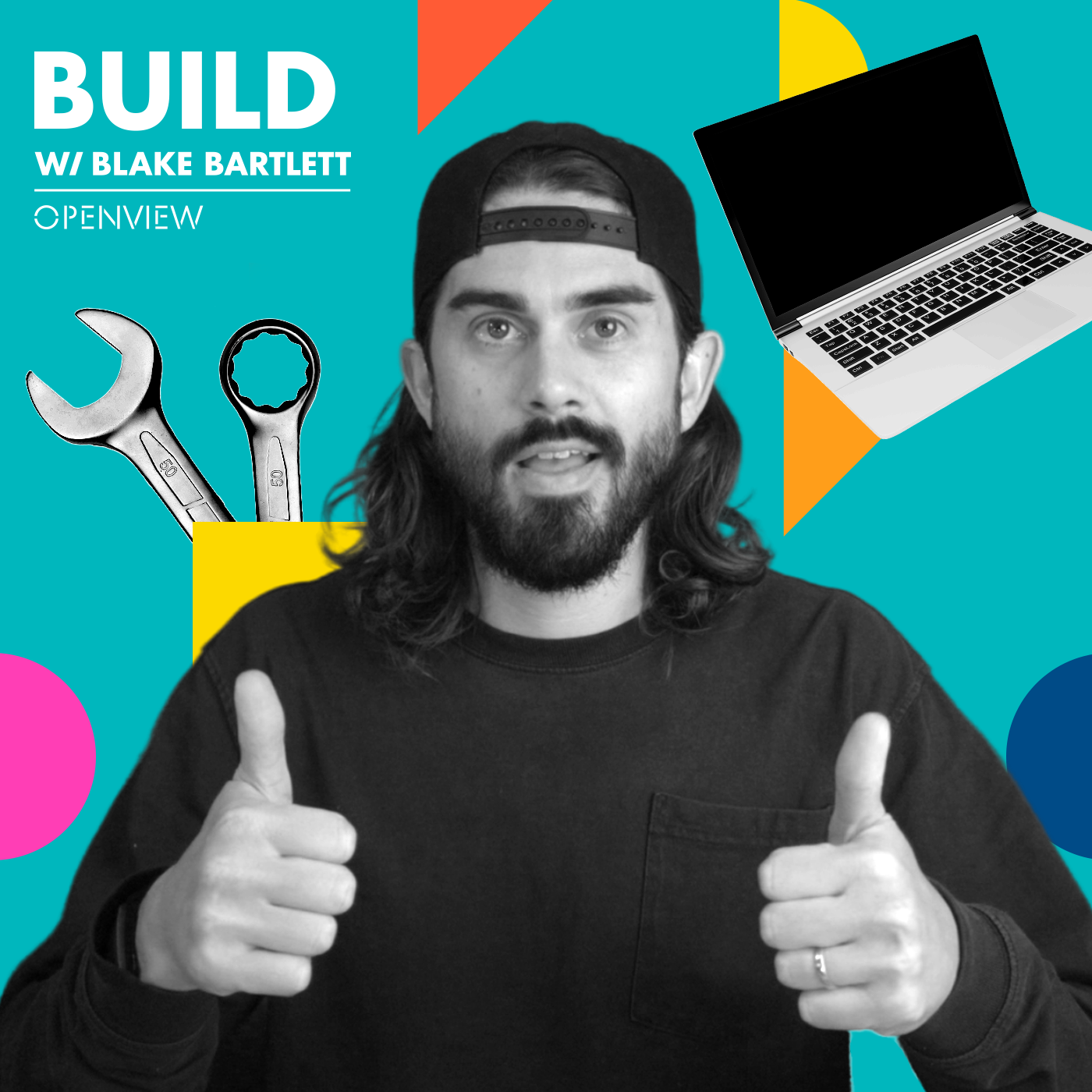
Blake Bartlett
Today's Guests
